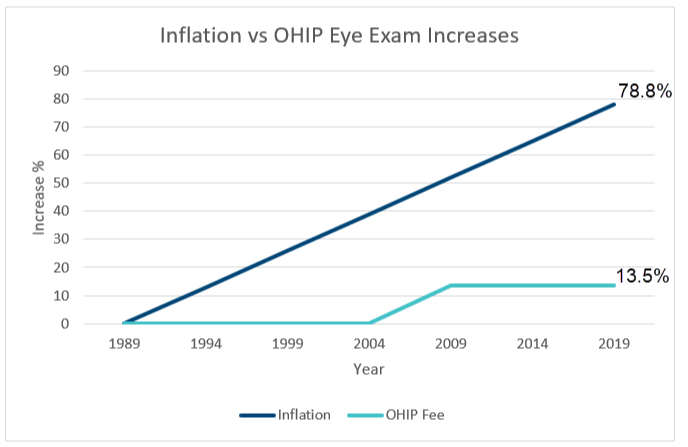The Rise of Ray Ban Sunglasses: An Iconic Fashion Revolution
When we consider the intersection of function and fashion, there’s one brand that instantly springs to mind: Ray-Ban. Its story, woven over 90 years, illuminates how this classic brand has risen to become a fashion staple worldwide. So how did this happen? Let’s delve into the history, cultural influences, and timeless appeal of Ray-Ban sunglasses.
A Brief History
The genesis of Ray-Ban traces back to 1936 when Bausch & Lomb, a medical equipment manufacturer, was approached by the United States Air Corps to produce sunglasses for their pilots. The result was the creation of the iconic Aviator style, originally designed to protect pilots from the harmful glare of the sun and thus enhancing their performance during flight. It didn’t take long for the design to gain popularity beyond the cockpit. In 1937, Bausch & Lomb patented the design, and Ray-Ban was born, marking a significant milestone in the world of eyewear.
The brand name Ray-Ban, a clever contraction of the words ‘ray’ and ‘ban,’ signifying the purpose of the sunglasses – to ban the harmful sun rays – demonstrates the function-first origins of the brand.
The Rise and Expansion
After World War II, Ray-Ban began to shift its focus from pure function to fashion. Capitalizing on the high-profile visibility their sunglasses had garnered during the war, Ray-Ban introduced their designs to the civilian market. The Aviator, originally made for pilots, became a popular accessory among the public, thanks to the brand’s clever marketing efforts and the rise of a new global celebrity culture.
In the 1950s, the brand diversified their offering with the introduction of the Wayfarer style. Unlike the metal-framed Aviator, the Wayfarer featured plastic frames, a novel concept at the time. The new design’s daring departure from traditional aesthetics, coupled with its futuristic appeal, quickly captured the imagination of the fashion-forward public.
The brand’s popularity surged even further as it made its way into Hollywood. Ray-Bans became a symbol of cool, with the likes of James Dean and Audrey Hepburn donning the brand’s shades in their iconic roles in “Rebel Without a Cause” and “Breakfast at Tiffany’s,” respectively. Ray-Ban sunglasses became the epitome of Hollywood chic, contributing significantly to the brand’s steady ascent to fashion prominence.
The Cultural Impact
Ray-Ban has not only witnessed but also shaped major cultural and style trends throughout the decades. The 1980s saw another leap in the brand’s popularity when Tom Cruise sported the Aviator in the blockbuster movie “Top Gun.” This instance is a testament to the brand’s recurrent relationship with Hollywood and its influence on fashion trends.
However, Ray-Ban’s impact extends beyond cinema. Musicians too, from Bob Dylan to Michael Jackson, have made Ray-Ban a part of their iconic styles. It’s a testament to the brand’s versatility, catering to a range of personal styles and tastes.
The Timeless Appeal
Perhaps the most intriguing aspect of Ray-Ban’s success story is its enduring appeal. While many fashion brands come and go, the appeal of Ray-Ban sunglasses seems immune to the whims of fleeting trends. The designs, while tweaked occasionally to align with the times, have largely remained true to their original forms. Whether it’s the Aviator, Wayfarer, or the later-introduced Clubmaster, the brand’s commitment to quality and timeless design has helped it retain its relevancy and popularity across generations.
This timeless allure is also sustained by Ray-Ban’s association with individuality and rebellious spirit, embodied by the brand’s tagline: “Never Hide.” Wearing Ray-Bans is often seen as a statement of authenticity and self-expression.
The Future of Ray-Ban
Today, Ray-Ban continues to innovate while staying true to its roots. It offers sunglasses with a variety of lens options like polarized, G-15, and mirror lenses, maintaining the brand’s commitment to function. Luxottica’s acquisition of Ray-Ban in 1999 revitalized the brand, infusing new energy while preserving its timeless appeal. In recent years, the brand has made strides in digital innovation, such as virtual try-on services and even smart glasses developed in partnership with Facebook.
Ray-Ban’s story is a testament to the power of a brand that can balance time-honored designs with the ability to adapt and evolve. It is this delicate dance between preserving tradition and embracing innovation that has enabled Ray-Ban to not just witness but shape history.
From a functional accessory for military pilots to a symbol of timeless cool, the rise of Ray-Ban is a fascinating journey. It is the story of a brand that has seamlessly blended function and fashion, etching its mark on the global stage. Despite the changing tides of fashion, Ray-Ban sunglasses remain an undeniably stylish statement, transcending trends, time, and cultural shifts. As they say, some things never go out of style. Ray-Ban is living proof of that adage.


